The latest news of Peruvian coffee forced Peruvian farmers to grow coca as the price of Peruvian coffee fell.
Professional coffee knowledge exchange more coffee bean information please follow the coffee workshop (Wechat official account cafe_style)
As global coffee prices plummet, farmers in the jungles of central Peru have to cut down all the coffee they grow and start growing coca, the raw material for cocaine. This national trend brings Peru's coca production to nearly 55000 hectares per year (about 500 tons of cocaine), enough to meet more than three times the annual cocaine demand in the United States.
As a result of the COVID-19 blockade, drug trafficking routes were reduced, coca prices plummeted to half their previous levels, and demand for the whole of 2020 was 23 per cent lower than the previous year. Even so, coca provides better security for poor farmers than any other crop because of constant demand.
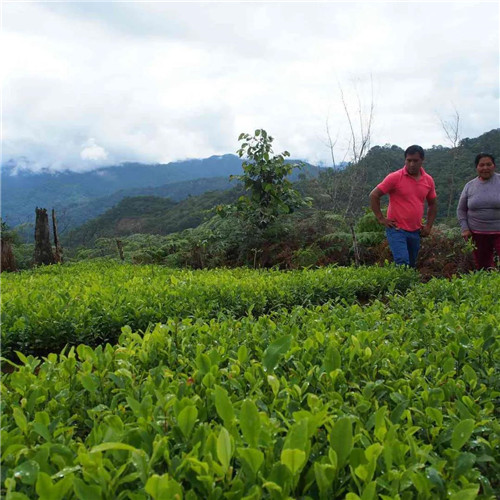
Yusbel Almonacid Santos, a farmer from the town of Satipo in the jungle of central Peru, recalled the heyday of Peruvian coffee. "people were very interested in coffee, when coffee was golden beans," he said. Ten years ago, Peruvian coffee was so expensive that it could cost as much as $2.70 (£1.97) a kilo. But in 2010, coffee leaf rust spread throughout the jungle, destroying Peruvian coffee plantations. Although the National Agricultural Bank provided loans to help farmers replant, soon after, the price plummeted to $0.60. "
Local farmer: coffee growers don't make money!
Coffee in Peru requires farmers to grow it on steep slopes all the year round. Every year, a group of workers are hired to harvest the coffee and then dry it in the sun. Every year, businessmen demand higher quality and more beans with registered organic coffee, which increases the cost for farmers. "the workload of growing coffee is greater than the profit." One farmer complained.
Marianne Zavala, leader of the local farmers' union, said: "if the price is only $1.40 per kilogram, it is only enough to pay the harvesters, but for those who grow coffee, it means nothing." Harvesting coffee actually only puts coffee growers in debt, so many coffee growers won't bother to harvest ripe coffee fruit in 2020. "
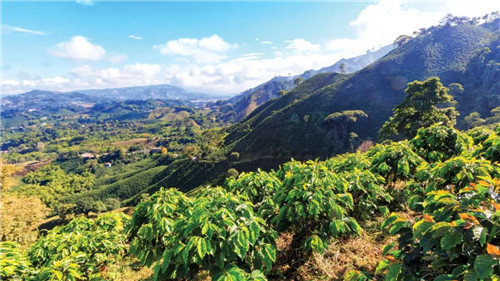
The prices of other crops are too low to survive. "We borrowed money from the bank to grow one hectare of bananas, and when the bananas looked beautiful and ready for harvest, their price dropped to $0.40. How can farmers make money at this price? Now many farmers get loans from banks because they can't make money, so they are worried that the banks will send people to collect debts. " Marisol D í az said.
Far from the main towns in Peru, high poverty is a common phenomenon. Houses are made of rough planks and rammed earth floors, and many have no electricity, no sanitation and no running water. Malnutrition and anemia are common, especially in children. A coffee grower pointed to the swollen bellies of local children and said: "look here, children can only eat soup, people really can't afford better food."
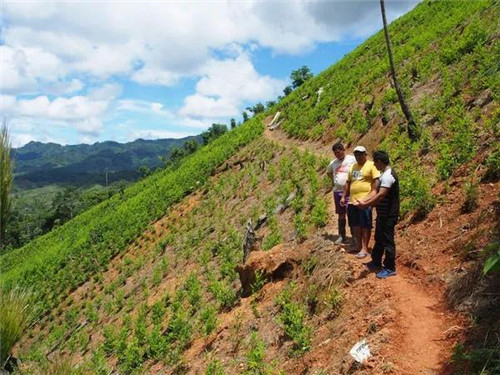
Now Coca has become the lifeline of these farmers. As a kind of economic crop, it has obvious advantages. Coca can grow like weeds on steep slopes as well as acidic soils and high elevations. Coca can be harvested in a year, and the annual harvest cycle from March to April can provide a fixed income for the family. The price of 25 kilograms of coca fluctuates between $30 and $70, while the average price of coffee is $37 and has only one harvest a year. "when leaf rust kills coffee trees, people who grow coca can keep their farmland, and those who don't grow coca have to give up their farmland because they have no income."
Coca is not just a crop, it is more like a "savings account".
Coca has rich social, cultural and medical significance in Andean indigenous culture, dating back to pre-Colombian times. But since the 1970s, coca has been mainly used to produce cocaine. According to statistics from local civil society organizations, of the 117292 tons of dry coca leaves produced in Peru in 2017, it is conservatively estimated that 106401 tons are used for drug production. Although illegal, farmers have no moral doubts about growing coca. One grower explained: "it's not a crime for us to grow coca. It's people who buy cocaine."
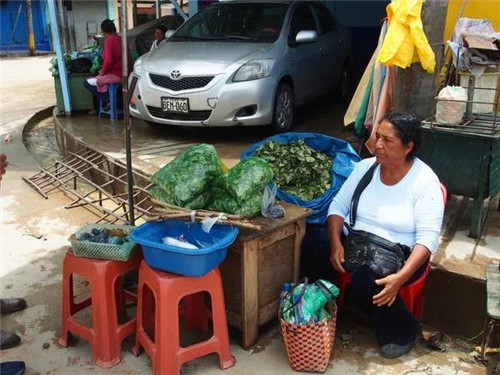
As a result of the violent response by the United States-backed and funded Peruvian government to coca expansion, two coca growers were killed by government forces in the San overtime area about 1500 km south of the Peruvian capital Limadon in April 2019. Many others were injured while defending plantations.
In the jungle town of Palatush Ali in central Peru, locals use the words "abandoned", "neglected" and "forgotten" to describe their area. During the rainy season, roads are impassable and public health and educational infrastructure are lacking, and farmers complain most about the lack of help from the state to sell their products. A local coca grower said, "the country never cares about us small growers, they are more interested in suppressing coca." The National Development Agency (DEVIDA) was supposed to help us use other agricultural products instead of growing coca, but they ended up spending 80 per cent of their budget on wages and cars. When the budget was given to us, all we got was a bag of fertilizer and a machete. "
For more boutique coffee beans, please add private Qianjie coffee on Wechat. WeChat account: kaixinguoguo0925
Important Notice :
前街咖啡 FrontStreet Coffee has moved to new addredd:
FrontStreet Coffee Address: 315,Donghua East Road,GuangZhou
Tel:020 38364473
- Prev

Coming! The first Starbucks sign language store in Chengdu!
In January 1999, Starbucks opened its first store in mainland China in Beijing. Today, for Starbucks, China has become the fastest growing and largest overseas market for Starbucks.
- Next
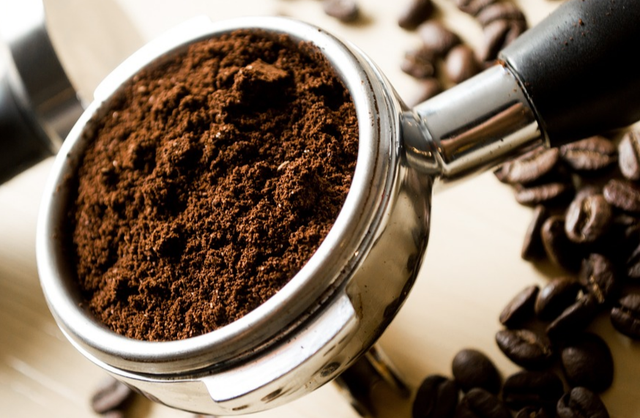
The gorgeous transformation of coffee grounds! Can be made into cups and clothes? The use of coffee grounds
At present, the world consumes an average of 2.25 billion cups of coffee a day, which is a very huge figure. A large amount of coffee grounds are produced after each cup of coffee. It would be a pity to throw the coffee grounds away directly, and globally, this way of handling is definitely a waste of resources. So is there any way to recycle these coffee grounds? Of course there is! Not long ago, the German
Related
- What ratio of water temperature and ground does the smart cup method use to press coffee? The difference between brewed coffee and filtered coffee?
- What is the standard process for the purpose of coffee cup testing? What is the difference between hand-brewed coffee and cup testing?
- How to use hand-brewed coffee paragon small golden balls? How does cold coffee lock in the aroma of coffee?
- Is American coffee black? What is the difference between American coffee and drip coffee?
- Unexpected! Well-known tea beverage brand Lele Tea will withdraw from the Zhengzhou market!
- Starbucks enters the fashion and beauty industry?! Netizen: Give me an ice American eye cream
- Why can American refills for free? The difference between Americano and American drip pot coffee
- Being chased out of the rain in front of Starbucks?! Store: Sheltering from rain under umbrellas poses a safety hazard
- The white moonlight has changed?! Lucky launches "Big Winter Pear American"
- Hand-brewed coffee three-stage method, high-sweet and universal brewing method to share! What does the high sweet water level of hand-brewed coffee mean?

